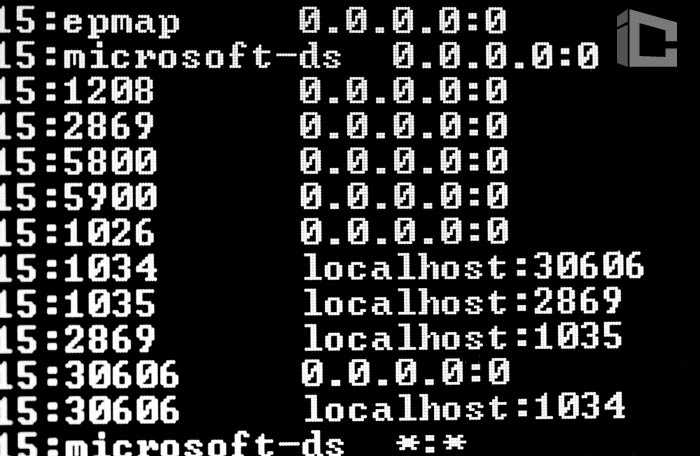
It may seem odd that one of the most common speeds of all, 64 kbps, could cause significant problems – but it does. A specific sequence of characters sets most 64K bit/sec CSU/DSUs into what is known as a latched loopback condition.
It actually rarely occurs (some CSU/DSU vendors claim the possibility of the loopback happening is about one in a million) and had been ignored for years by many providers.
However, since it can result in an “out of service” condition, most providers have mandated that no such access circuits be allowed. That is, no 64k access lines. Now – you are allowed to provision a 64k access circuit on a physical T1 – just not on a 64k.
Because of this, most customers will opt for a 56k circuit and lose that extra 12.5% of bandwidth, or upgrade to 128, 256, 384k bit/sec, etc. – so that an entire T1 is not wasted on just 64k of data.
A “latched loopback” condition was purposefully encoded into DSU’s for testing purposes. Once it is placed in loopback, signals can be sent, and the DSU will respond back (but will not pass the signals through to the customer).
So long as the circuit was running at 56K bit/sec rather than at 64K bit/sec, the loopback sequence would not occur in user data. However, when the access service is changed from 56K bit/sec to 64K bit/sec, the sequence could indeed occur in data, and there have been instances of this happening.
When you upgrade your service to 64K bit/sec, then you’re actually introducing the additional potential for a service outage. And while some providers feel that the additional 12.5% throughput is worth the risk in most cases, most have SLA’s that will not allow it.
It’s a fundamental problem with clear-channel data of any type. This is a problem that is unique to 64K bit/sec access circuits. If you’re using 56K bit/sec access, then this particular problem will not occur.
More importantly, if you’re using 64K bit/sec access as a single DS-0 within a T- 1 circuit, you’re safe. Similarly, if your 64K bit/sec access is provided via a dial or dedicated ISDN (sometimes called IDSL), the loopbacks also aren’t a problem. This is a problem that is possibly encountered if and only if you’re using a 64K bit/sec physical access to a WAN service.
To totally alleviate the issue, the provider would need cooperation among all the CSU/DSU manufacturers the all the LEC’s. This would amount to coordinated re-engineering by thousands of companies, so of course, it will not happen any time soon.
A Typical Story
Thomas Tucker, a network engineer for Hobby Lobby Stores in Oklahoma City. He said his company experienced the loopback problem when attaching a router with a 56/64K bit/sec WAN interface card to a 64K bit/sec circuit.
With a few edits for clarity and style, here’s Thomas’ tale:”Boy, do I have some stories to tell about this issue. We have approximately 300 locations across 24 states and have encountered this problem many times.
Actually, I have had to attend a few vendors meets at remote locations due to this issue. I would like to share my experiences to help others identify this Problem and save wasted time and money on pointless vendor meets.
“First, with no warning or reason, the CSU/DSU would indicate it was in loopback. The local carrier and all parties along the route would swear they were not sending a loopback signal. When the equipment was reset/power-cycled, the loopback continued. “
Extensive testing began. The LEC would conclude the problem with our. In the first few cases, new equipment was shipped, and a contractor in the local area would install/replace it. But the problem would persist. “At that point, it was time for a vendor meet.
The first time, while on-site, the LEC ran a test, and the Problem cleared. No explanation was given; they were unsure of why it cleared. The next time, at another location, a LEC technician mentioned something about an issue with 64K circuits.
The circuit was changed to 56K, and the Problem cleared. Lesson learned. “My question is: If carriers know about this, why don’t they inform the customer? Why must we waste time, money, and man-hours troubleshooting a known issue? “We have recently implemented a new policy that all new circuits are 56K. “
![]()






